A beautifully crafted table runner can transform an ordinary dining table into a stylish centerpiece, adding charm and elegance to any occasion.
Whether you’re hosting a special dinner party or holiday gathering, or simply looking to enhance your everyday dining experience, making your own table runner is a rewarding and creative endeavor.
In this comprehensive guide, we will discuss how to make a table runner that suits your style and complements your décor.
You don’t need to be a seasoned crafter to embark on this project; our step-by-step instructions are beginner-friendly, and we’ll provide helpful tips and techniques along the way.
From selecting the right fabrics and materials to choosing the perfect colors and patterns, we’ll walk you through each stage of the creative process.
By the end of this tutorial, you’ll have a personalized table runner that reflects your unique taste and craftsmanship. Let’s get started on your journey to crafting elegance!
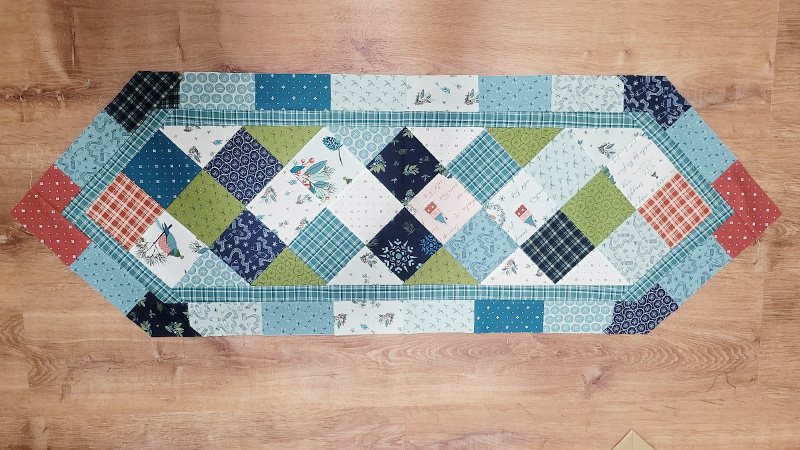
How to Make a Table Runner? 6 Steps
A table runner is more than just a piece of fabric; it’s a versatile and elegant addition to your dining table or any surface that could use a touch of style.
In this section, we’ll take you through the process of making a table runner from start to finish.
Step 1: Measure and Cut Your Fabric
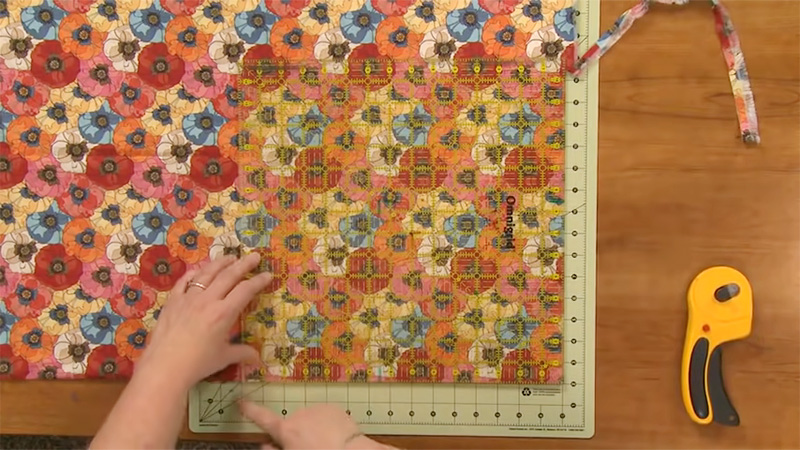
Determine the size of your table runner. Measure the length of your table and decide how much overhang you want on each side. A standard overhang is about 6 to 12 inches on each end. Measure the width of your table.
If you want the table runner to hang down the sides of the table, add the desired drop length to the width. Using your fabric marker or chalk, mark the measurements on your fabric.
Use a straightedge to ensure straight lines. Cut out the fabric following the marked lines. Remember to leave extra fabric for seam allowances (usually ½ inch on all sides).
Step 2: Hem the Edges
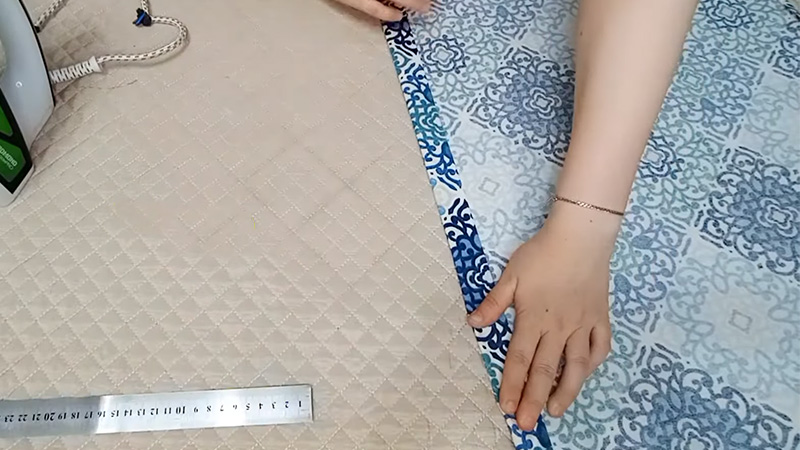
Fold the edges of the fabric over by ¼ inch and press them with an iron to create a clean edge. Fold the edges over again by another ¼ inch and press them once more.
Pin the folded edges in place. Using a sewing machine or hand-sewing with a needle and thread, sew a straight stitch along the folded edges to create a neat hem.
Step 3: Add Decorative Elements (Optional)
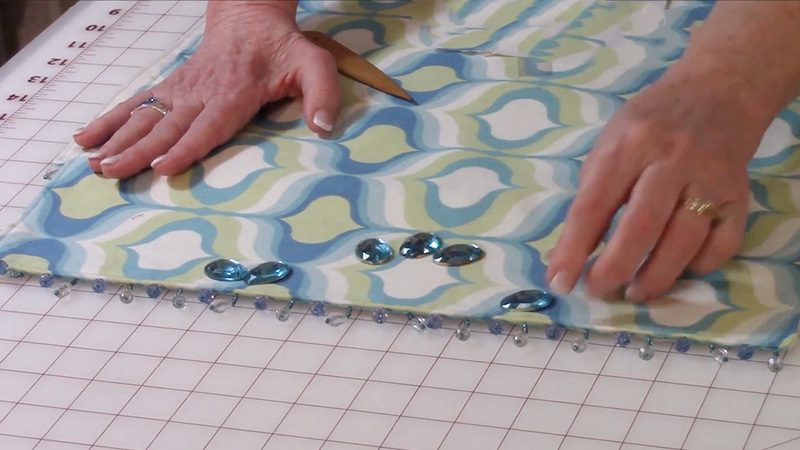
If you want to add decorative elements to your table runner, now is the time to get creative. Consider using techniques like appliqué, embroidery, or fabric paint to personalize your design.
Follow the instructions for your chosen decorative method. Allow any paint or glue to dry completely before moving on to the next step.
Step 4: Sew the Table Runner Together
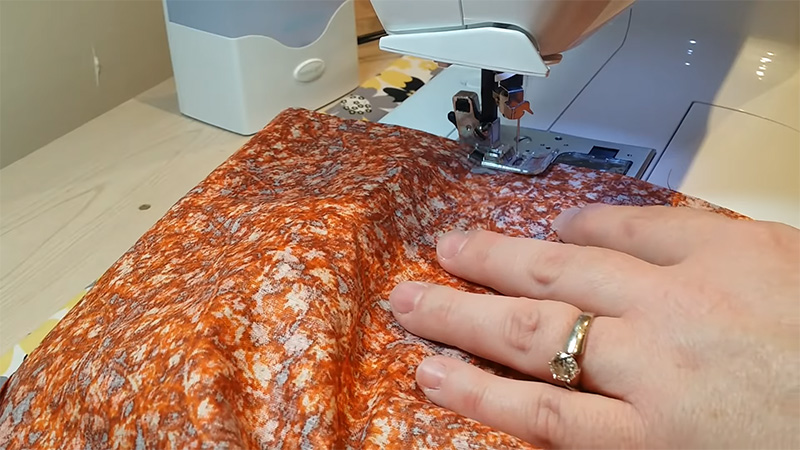
Place your fabric pieces right sides together, aligning the edges. Pin the long sides together to secure the layers. Using your sewing machine or needle and thread, sew a straight seam along one long side, leaving the short ends open.
Be sure to backstitch at the beginning and end of your seam to secure it. Trim any excess fabric from the seam allowances, leaving about ¼ inch. Turn the table runner right side out, gently pushing out the corners.
Step 5: Finish the Short Ends
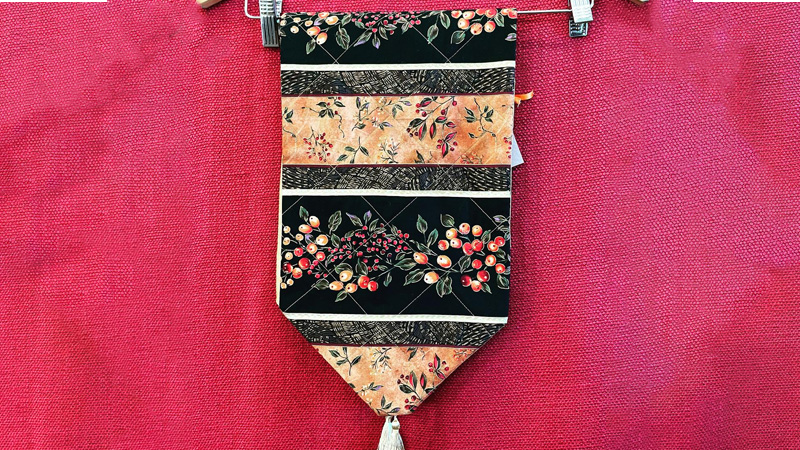
To finish the short ends of your table runner, fold the raw edges inside by about ¼ inch and press them with an iron. Fold the short ends over again by another ¼ inch and press them once more.
Pin the folded ends in place. Sew a straight seam along each folded short end, backstitching at the beginning and end to secure the seams.
Step 6: Press and Final Touches
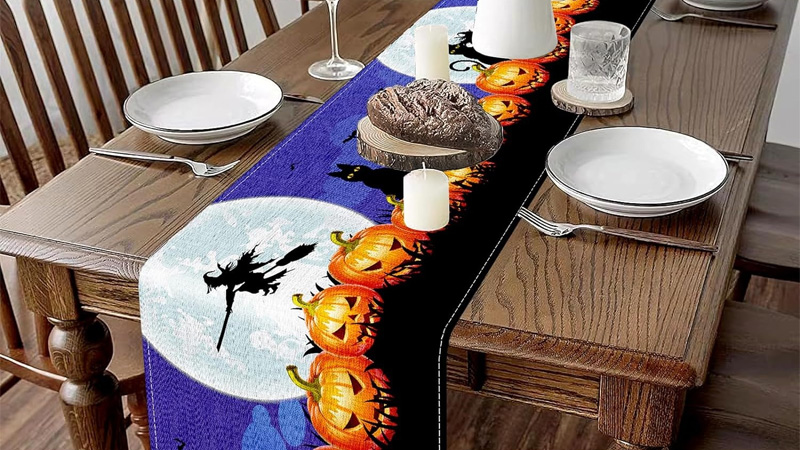
Once you’ve completed the sewing, give your table runner a final press with the iron to ensure it’s wrinkle-free and polished.
Lay your table runner on your dining table, allowing the overhang to drape elegantly on each side.
Congratulations, you’ve created a beautiful table runner that adds style and elegance to your dining space. Crafting your own table runner allows you to customize it to your taste and occasion, making it a unique addition to your décor.
Whether you’re preparing for a festive dinner party or enhancing your everyday dining experience, your handmade table runner will be a standout feature.
Materials You’ll Need
Here’s a table listing the materials you’ll need for making a table runner:
| Material | Description |
| Fabric | Choose the fabric of your choice for the table runner. |
| Fabric marker or chalk | For marking cutting lines and pattern guidelines. |
| Measuring tape or ruler | To measure the length and width of the table runner. |
| Scissors | For cutting the fabric according to your measurements. |
| Sewing machine | For stitching the table runner together. |
| Thread | Matching thread for sewing the table runner seams. |
| Iron and ironing board | For pressing and straightening the fabric and seams. |
| Pins or clips | To hold fabric layers together while sewing. |
| Hemming tape or fusible web (optional) | For quick and easy hemming. |
| Tassels, fringe, or trim (optional) | For embellishing the edges of the table runner. |
| Embroidery or appliqué (optional) | Decorative elements for customization. |
| Lace or ribbon (optional) | For adding additional decorative details. |
| Decorative buttons (optional) | To add visual interest and embellishment. |
These materials will help you create a stylish and personalized table runner to enhance your dining or decor. The choice of fabric, color, and embellishments is entirely up to you, allowing for a customized and unique addition to your table setting.
What Fabric Is Best For Table Runners?
When it comes to selecting the right material for your table runner, it’s essential to consider both aesthetics and functionality.
In this guide, we’ll explore various materials suitable for table runners, helping you make an informed choice that aligns with your style and needs.
Cotton
Cotton table runners are among the most versatile and widely used options. They come in a variety of colors, patterns, and textures, making them suitable for both casual and formal occasions.
Cotton is easy to clean and maintain, typically machine washable, and can withstand regular use. It’s a breathable fabric, which means it’s comfortable in various climates.
Best for everyday dining, casual gatherings, and versatile use. Affordable, easy to clean, and widely available in various designs. Prone to wrinkling, may require regular ironing.
Linen
Linen table runners exude a timeless and elegant charm. They are known for their natural, slightly textured appearance and crisp finish. Linen is absorbent and quick-drying, making it suitable for formal settings.
While linen requires more care than cotton, it’s well worth the effort for its aesthetic appeal.
Best for formal dining, special occasions, and adding sophistication. Elegant appearance, excellent moisture absorption, and durability. Requires more maintenance, tends to wrinkle easily.
Silk
Silk table runners are synonymous with luxury and opulence. They have a smooth, lustrous surface that reflects light beautifully. Silk adds a touch of extravagance to any setting, making it perfect for upscale events.
However, it’s essential to handle silk runners with care, as they are delicate and less practical for everyday use.
Best for formal events, weddings, and upscale gatherings. Luxurious appearance, vibrant colors, and exquisite texture. Expensive, delicate, and requires dry cleaning.
Burlap
Burlap table runners provide a rustic and textured look, adding a touch of countryside charm. They are commonly used for outdoor events, farm-to-table settings, or rustic-themed décor.
Burlap is durable, but it may shed fibers and has a rough texture, which may not be suitable for all occasions.
Best for Rustic or outdoor events, themed parties, and farmhouse aesthetics. Affordable, durable, and adds a unique texture. Prone to shedding, not suitable for formal occasions.
Polyester
Polyester table runners are a budget-friendly option that comes in a wide range of colors and patterns. They are resistant to wrinkles, stains, and fading, making them practical for regular use. Polyester runners are often chosen for their durability and ease of maintenance.
Best for Versatile use, especially in households with children or pets. Budget-friendly, stain-resistant, and low maintenance. Less breathable than natural fibers, may have a synthetic feel.
Lace
Lace table runners are known for their delicate and intricate patterns, adding a touch of vintage elegance to any setting. They are ideal for romantic occasions, such as weddings and anniversaries.
Lace runners are often sheer, so they can be layered over other materials for added depth and dimension.
Best for romantic settings, vintage-themed events, and adding a delicate touch. Elegant and timeless, allows for layering, and creates a soft ambiance. Requires careful handling and may snag easily.
Selecting the best material for your table runner depends on your unique preferences, the occasion, and your desired aesthetic. Each material has its own set of advantages and considerations.
Cotton and linen offer versatility and durability, while silk and lace exude luxury and elegance. Burlap adds rustic charm, while polyester provides practicality and budget-friendliness.
Consider the factors mentioned earlier, including purpose, aesthetics, maintenance, durability, and budget, to make an informed decision. Remember that you can also mix and match materials, layering them to create unique and visually appealing tables capes.
Ultimately, the right material for your table runner is the one that enhances your dining or display experience and complements your personal style.
FAQS
How long should a table runner be for my dining table?
The ideal length of a table runner depends on the size and shape of your table. For rectangular or oval tables, a standard overhang of 6 to 12 inches on each end is recommended.
Can I use a table runner on a square table?
Yes, you can use a table runner on a square table. In this case, you can place the runner horizontally or vertically, depending on your preference. Ensure that it covers the center area and has an overhang on all sides for an aesthetically pleasing look.
How do I clean and maintain my table runner?
The cleaning and maintenance of your table runner depend on the material. Cotton and polyester runners are typically machine washable, while linen may require gentle washing and ironing.
Can I use multiple table runners on the same table?
Yes, you can use multiple table runners to create an interesting and layered look. Mixing different colors, textures, or lengths of table runners can add depth and dimension to your table decor.
Are there specific table runner styles for different seasons or holidays?
Yes, many people like to switch out their table runners to match the season or a specific holiday. For example, you can use bright, floral runners for spring and summer, while opting for warm, earthy tones for autumn.
Conclusion
Congratulations! You’ve successfully completed your journey into the world of crafting elegance by making a beautiful table runner. As you’ve learned, making a table runner is a versatile and enjoyable project that allows you to express your creativity.
Whether you chose a traditional or modern design, a festive or everyday theme, your finished table runner is sure to be a conversation starter at your gatherings and a cherished addition to your home décor.
Now that you’ve mastered the art of table runner creation, don’t hesitate to experiment with different fabrics, colors, and embellishments to craft even more unique pieces.
We hope this guide has been both informative and inspiring. Remember, the key to crafting is not perfection but the joy of creating something meaningful. So, keep exploring your creativity and enjoying the wonderful world of crafting. Happy crafting!
Leave a Reply